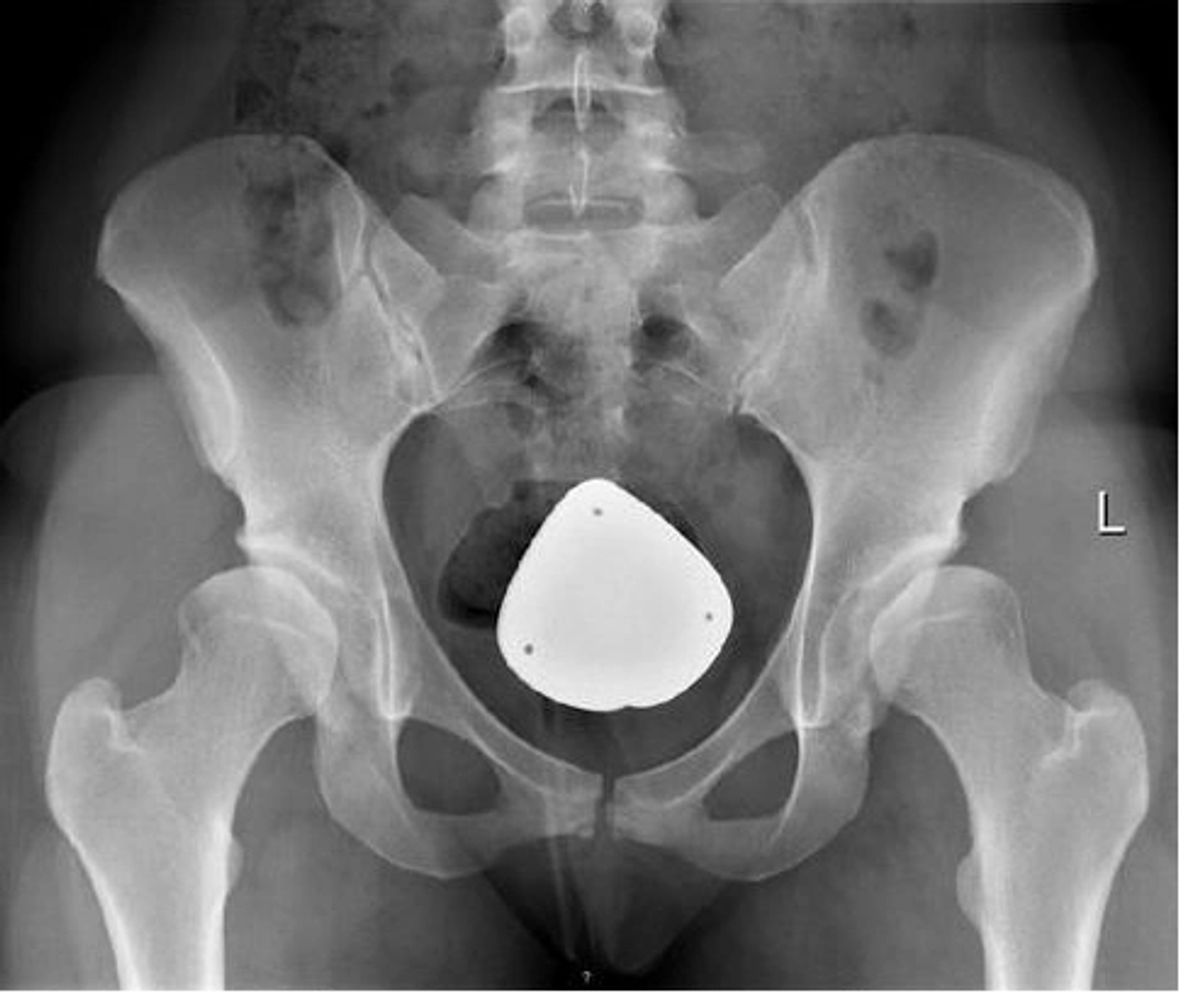Knowledge | Understanding | Rehabilitation


Hipdysplasiaphysio.com was set up by Holly Soper-Doyle; a Specialist musculoskeletal Physiotherapist at The Royal National Orthopaedic Hospital (stanmore) and owner of Integrum Physiotherapy in North London.
Holly identified that there was a gap in the available resources for rehabilitation of hip dysplasia, both conservative management and pre & post-operatively, and wanted to provide a resource for both patients and physios alike.
She helps to mentor hip dysplasia patients all over the world on social media, and after identifying a number of issues with rehabilitation differences, wanted to provide an evidence based, educational website with rehabilitation guidelines.
This website is dedicated to helping people understand hip dysplasia and highlight the correct rehabilitation both pre and post-operatively, and new research available

Hip dysplasia is a condition defined by the socket (acetabulum) of the hip joint being too shallow. Hip dysplasia may be present from birth or can develop during growth.
It is more prevalent in women (8:2) than men, and is known to be a common cause of developing early onset osteoarthritis.
There is evidence of genetic links to developing hip dysplasia, it is 12 times more likely if there is a family history. Predisposing risk factors include; position in the womb, breech birth, female gender and carrying positions as an infant, these can all lead to increased ligament laxity and poor bony congruency,
Patients who have hip dysplasia often start to get symptoms in their late teens, 20’s or 30’s. Due to the shallow hip socket, there are increased shearing forces on the joint and after an undefined period of time, damage starts to occur around the front edge of the socket, resulting in pain.
One of the first signs in hip dysplasia is often pain from a tear in the labrum (a piece of cartilage that provides negative suction to the joint). Symptoms including pain in the anterior hip joint, along with catching, painful clicking and symptoms of giving way.
Once the pain begins it is a sign that the joint is no longer able to withstand the resultant increased shearing forces (due to the shallow socket). Consequently the joint begins to degenerate with damage occurring to the articular cartilage (the gliding surface of the joint) resulting in the gradual development of osteoarthritis.
If left undiagnosed and/or untreated the joint can degenerate so much that it results in bone on bone contact and therefore requires a hip replacement.
Hip dysplasia can be diagnosed using a plain x-ray of the pelvis.
The medical professional should look at the lateral centre edge angle of each hip socket (this highlights if there is a degree of uncovering of the femoral head). A dysplastic hip is defined by a lateral centre edge angle of less than 20 degrees and borderline dysplasia if 20-25 degrees. Normal values should be between 25-40 degrees.
CT and/or MRI can be used to further define the integrity of the joint and surrounding structures and the resultant damage that has occurred.
To clinically diagnosed a labral tear an MR Arthrogram must be performed as it is more sensitive and specific in detecting labral tears than a normal MRI. This involves injection of dye into the hip joint and then an MRI.

Integrum Physiotherapy is a north London based Physiotherapy service provided by Holly Soper-Doyle.
If you wish to book a home visit with Holly please contact her using the options below:
Email: integrumphysio@protonmail.com
Website: www.integrumphysiotherapy.co.uk
Telephone:
07863125719

Highlighting important research into hip dysplasia and both surgical and conservative management.

Having qualified as a Physiotherapist from Brunel University in 2007, Holly has over fifteen years of extensive clinical experience after working in a variety of different specialities including: multiple NHS trusts, Headley Court (the Ministry of Defence rehabilitation centre), Premiership sports teams including Chelsea and QPR. In 2018, Holly was appointed as an Honorary clinical lecturer at UCL, teaching on a masters in Rehabilitation and also earned a Postgraduate Diploma with distinction in Veterinary Physiotherapy.
Holly worked part time at the Royal National Orthopaedic Hospital (Stanmore) as a specialist hip Physio, where she enjoyed close links with some of the country's leading consultants. She has recently moved to work as an Advanced Practice Physiotherapist in the Young Adult Hip Team at Addenbrookes hospital in Cambridge. She also owns her own business in North London-Integrum Physiotherapy, where she sees clients both in person, but also helps people via virtual consultation all over the world.
Holly has co-authored a chapter on Hip Dysplasia in Hip and Knee Pain disorders book. She has been involved in research projects on Hip Dysplasia, gluteal tendinopathy and Femoro-acetabular impingement. She co-wrote a leaflet on Hip Dysplasia, which is now used all over the world.
As well as her extensive clinical experience, Holly herself has personal experience of living with DDH She was diagnosed in 2011 at the age of 25 with hip dysplasia bilaterally and underwent a left Peri-acetabular Osteotomy in late 2011. Due to significant blood loss during the operation the rotation was not sufficient enough and she then required a salvage procedure- in 2013 a combined procedure consisting of a Shelf-acetabuloplasty
and arthroscopy with labral repair. Her right hip is severely dysplastic with a large labral tear, and she has managed this consistently with conservative management.
She is passionate about helping people to manage DDH and rehabilitate to the best of their ability.
This website is dedicated to helping people understand hip dysplasia and highlight the correct rehabilitation.
Please contact us directly with any questions, or comments.
Copyright © 2018 Hip Dysplasia Physio - All Rights Reserved.
Powered by GoDaddy